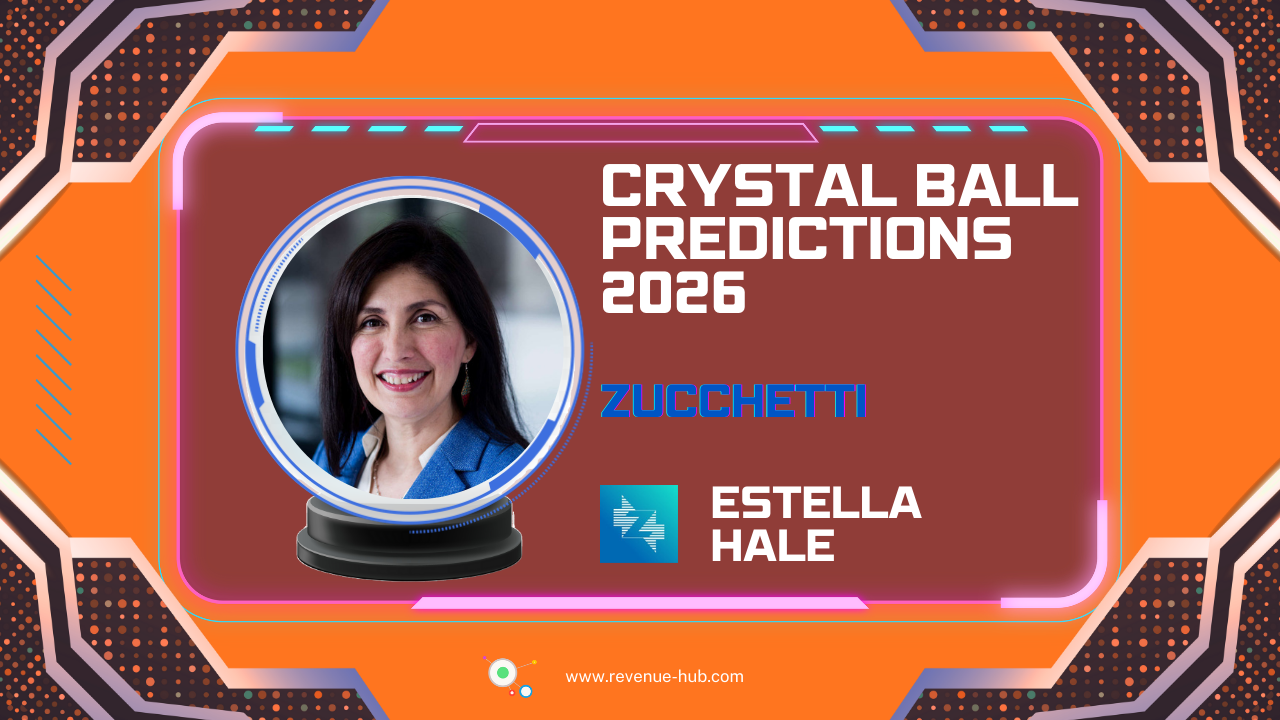
A hotel general manager is scanning her monthly report, once again feeling growing frustration about the rising number of OTA guest bookings her properties are experiencing – and the fees that came with them.
NB: This is an article from Revinate
Subscribe to our weekly newsletter and stay up to date
Direct bookings were down last month and OTA commissions were higher than ever, leaving her feeling like the OTAs are winning.
Then the thought enters her mind: “They’re stealing our guests.” After all, she knows that for every OTA guest booking, there’s a cost to her net operating income (NOI).
But then, as she began to look through her report, something caught her eye – something that took her by surprise. Most of the guests who booked stays via OTAs had visited her properties’ websites beforehand. And some had even made it as far as the booking engine before abandoning their carts!
She gasped as she realized what was happening: The issue wasn’t OTAs stealing her guests – it was a lack of having a solid cart abandonment strategy, compounded by weak loyalty messaging and a disjointed guest journey.
Unfortunately, the story above is all too common in the hospitality industry. It’s something many hoteliers face regularly. And while it’s easy to blame OTAs for “stealing” your guests, that viewpoint doesn’t position you in a place of power.
The truth is that while guests book with OTAs for a variety of reasons (including some upsetting tactics used by OTAs), you actually have more control over the situation than you may realize. You just have to shift your mindset.
So, in this article, we’ll challenge the idea that OTAs are stealing your guests by looking at how much is in your control. Then, you’ll receive actionable strategies to help you convert OTA guests into loyal direct bookers.
Busting the myth: OTAs aren’t really stealing your guests
While it’s easy to think OTAs are pulling your guests away, the truth is that many of those guests actually tried to book direct with your properties first. So, what made them change course and end up booking on another platform?
It often comes down to friction within your properties’ website. Here’s a closer look at how your hotels’ digital experience could be costing your direct bookings:
You’re creating rate parity gaps
When guests see a lower price with an OTA than on your website, they’re more likely to abandon their cart and book elsewhere – even if the difference is just a few dollars. Remember, rate parity is a trust signal. That means any gap in pricing can plant seeds of distrust and actually budge your guests toward booking with an OTA that offers “best rate guarantees.”
Your mobile UX leads shoppers to OTAs
Modern travelers tend to prefer browsing and booking on their phones, so if your mobile site is slow or doesn’t flow in a logical and intuitive way, you will experience higher abandonment rates prior to booking. In fact, mobile cart abandonment is one of the biggest reasons for cart abandonment.
Your loyalty value proposition is missing
If your website doesn’t clearly point out the benefits of booking direct with your property, you’re not giving your guests any reason to switch from being an OTA guest. Incentives like upgrades, early check-ins, discounts, or even flexible cancellation can tip the scale in your favor. Just make sure not to bury this value deep in your site or too far down the page; otherwise, you run the risk of your guest missing it altogether.




